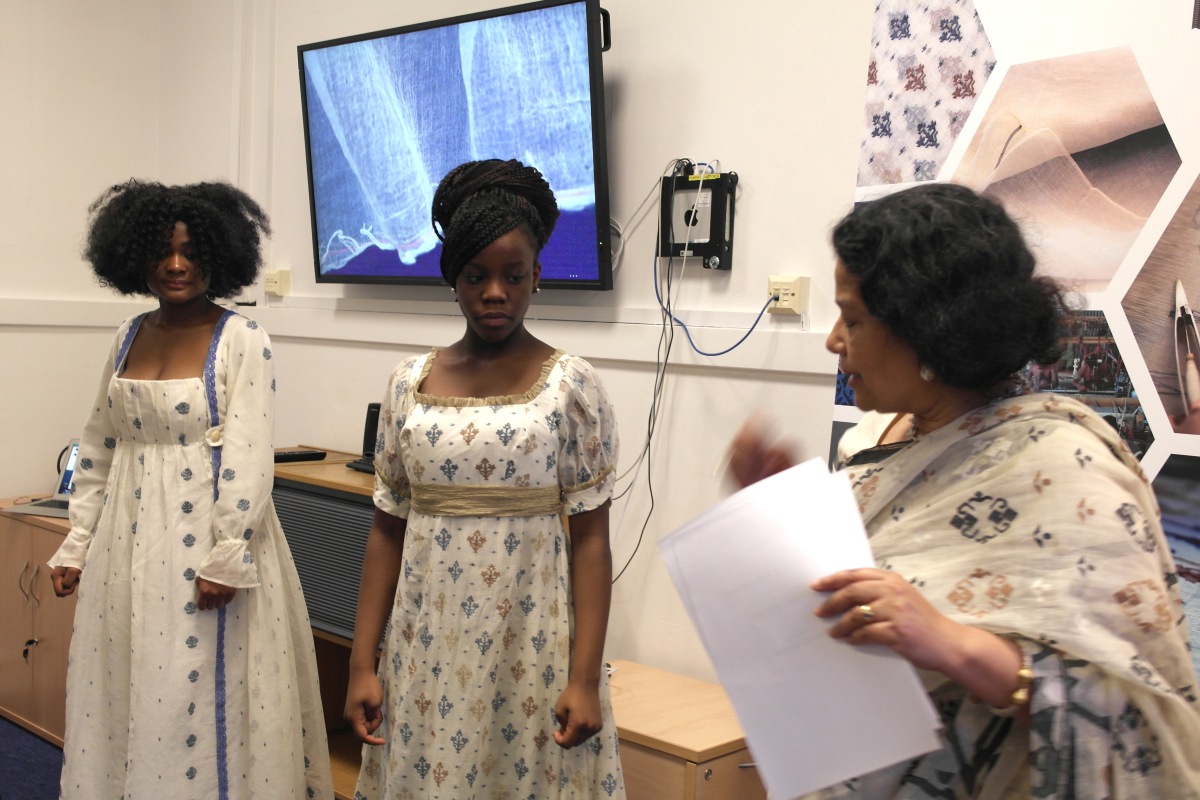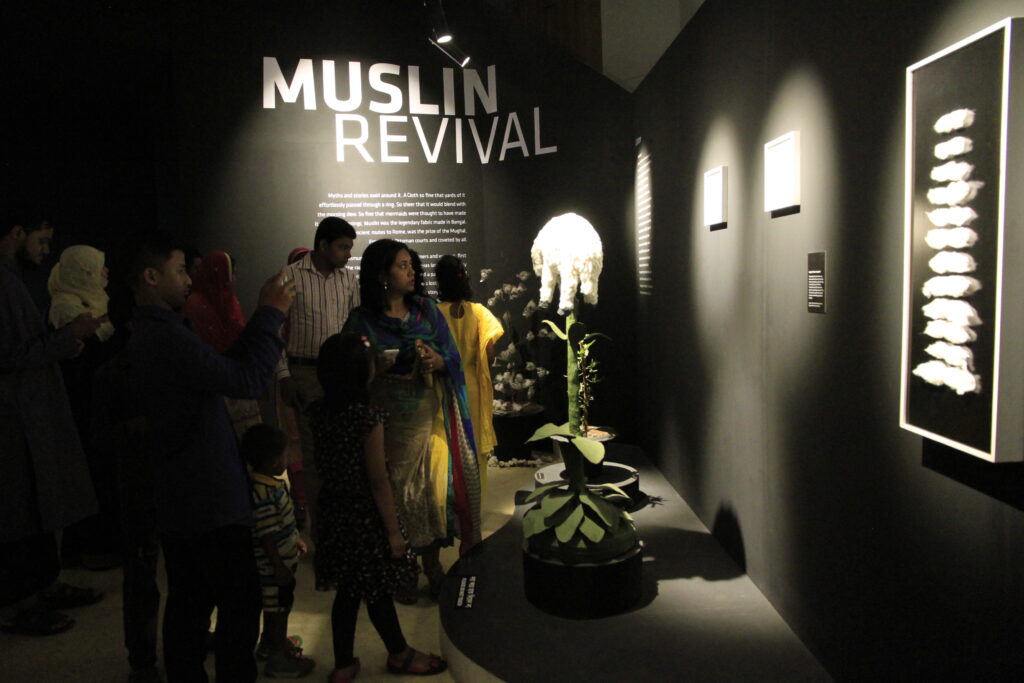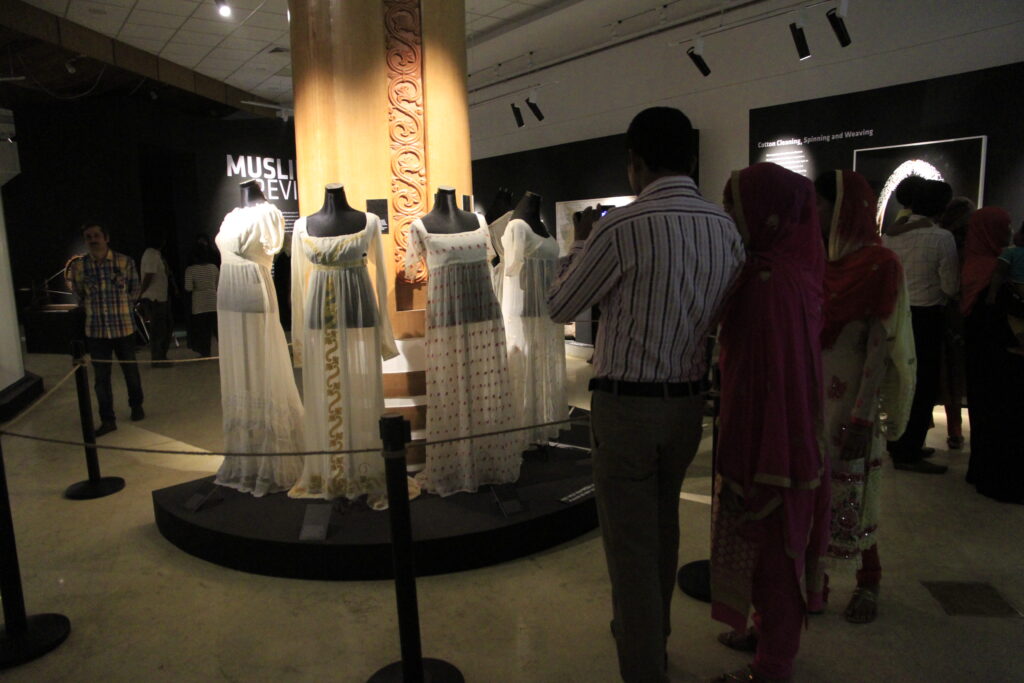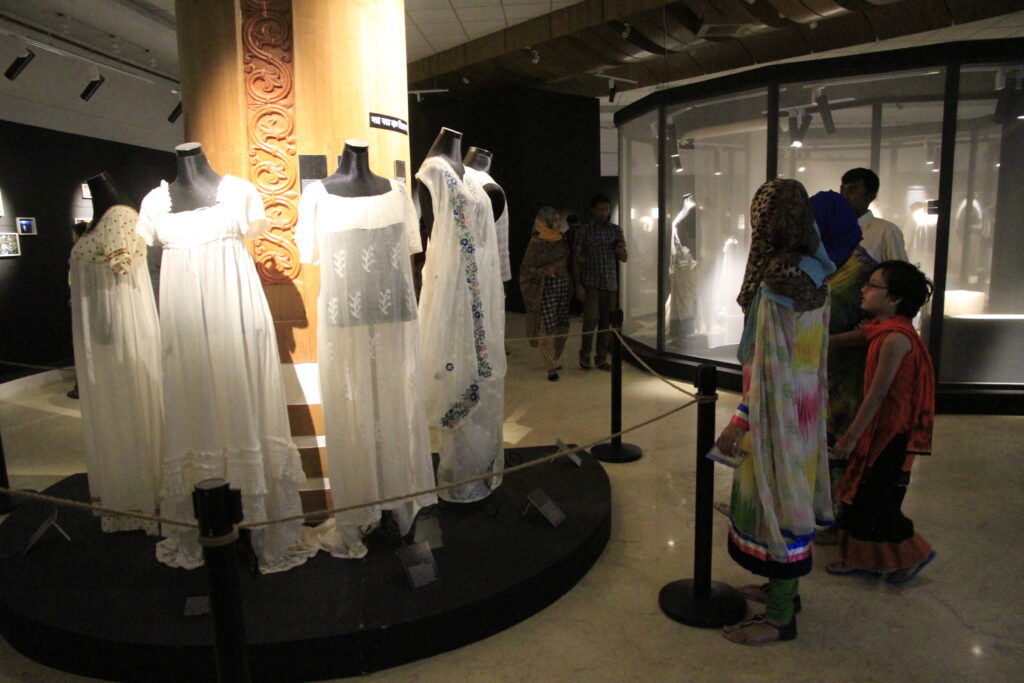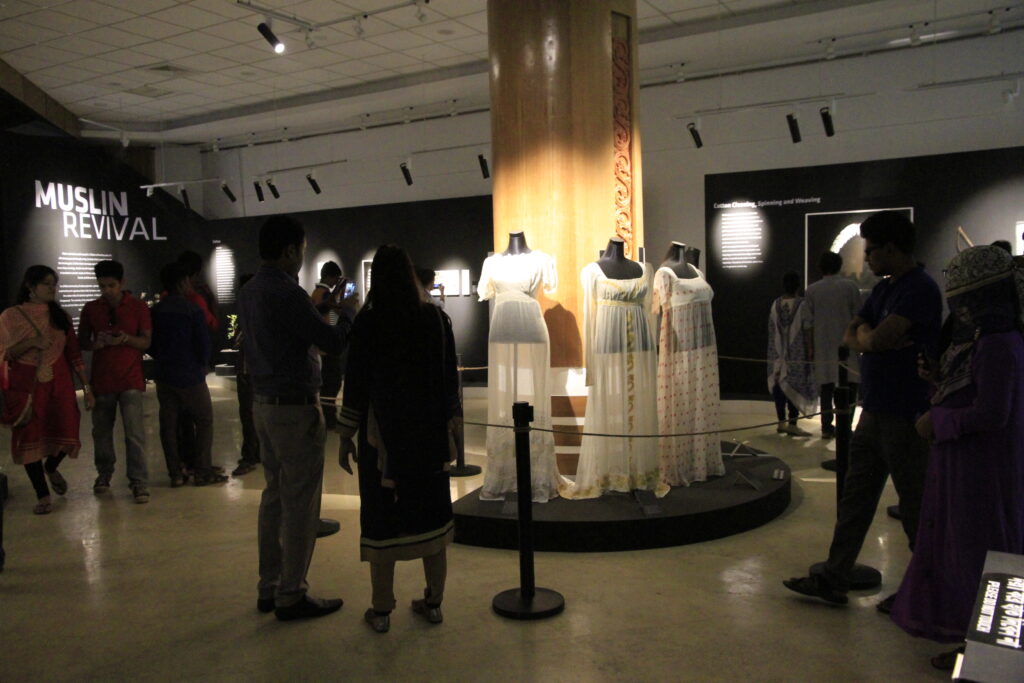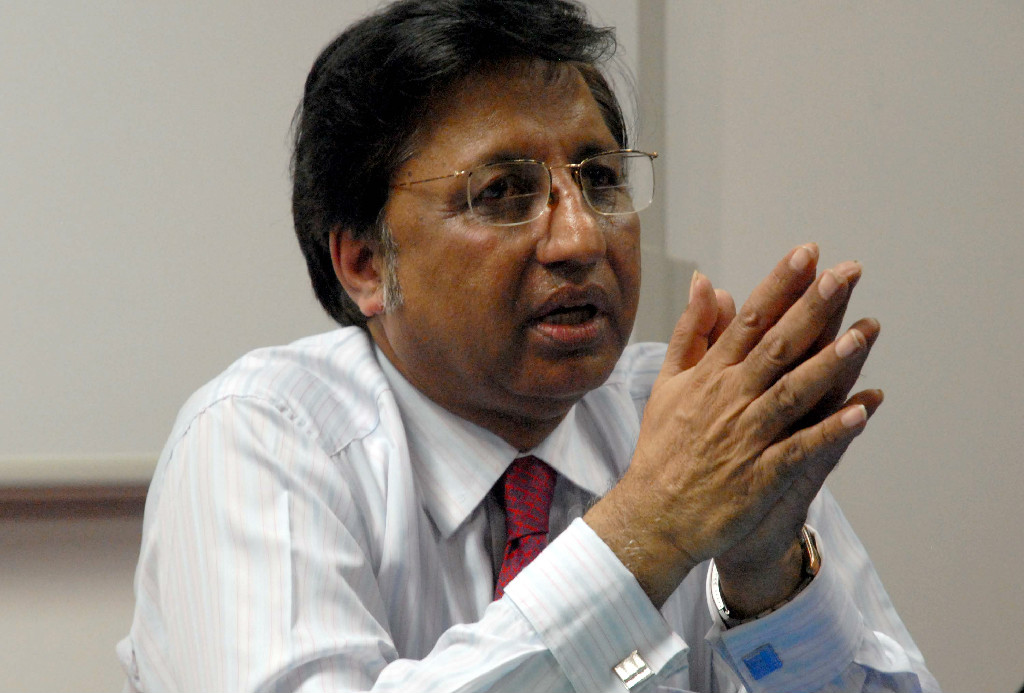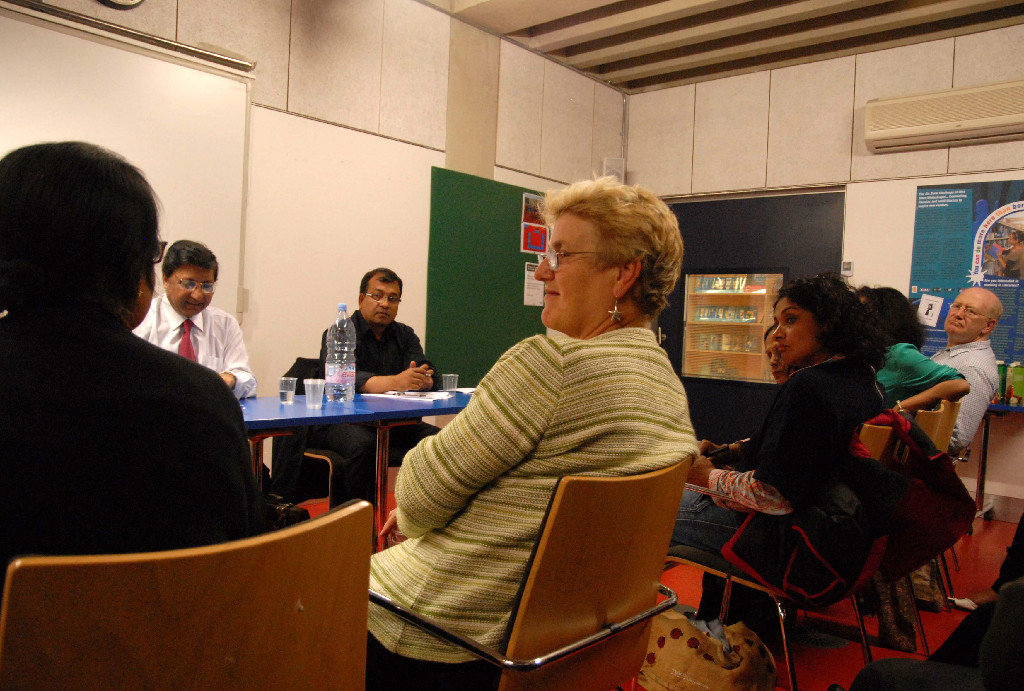Recently, an announcement was made in Bangladesh, published in many newspapers, that the original Muslin, the famous textiles of Bengal, has been revived, by cultivating and producing threads from the original Muslin cotton plants. If this is true, even partially, this would indeed be good news and something to celebrate. Hopefully, many new innovative and creative offshoots will emerge from this achievement.
Muslin Exhibition: Muslin Revival – February 2016
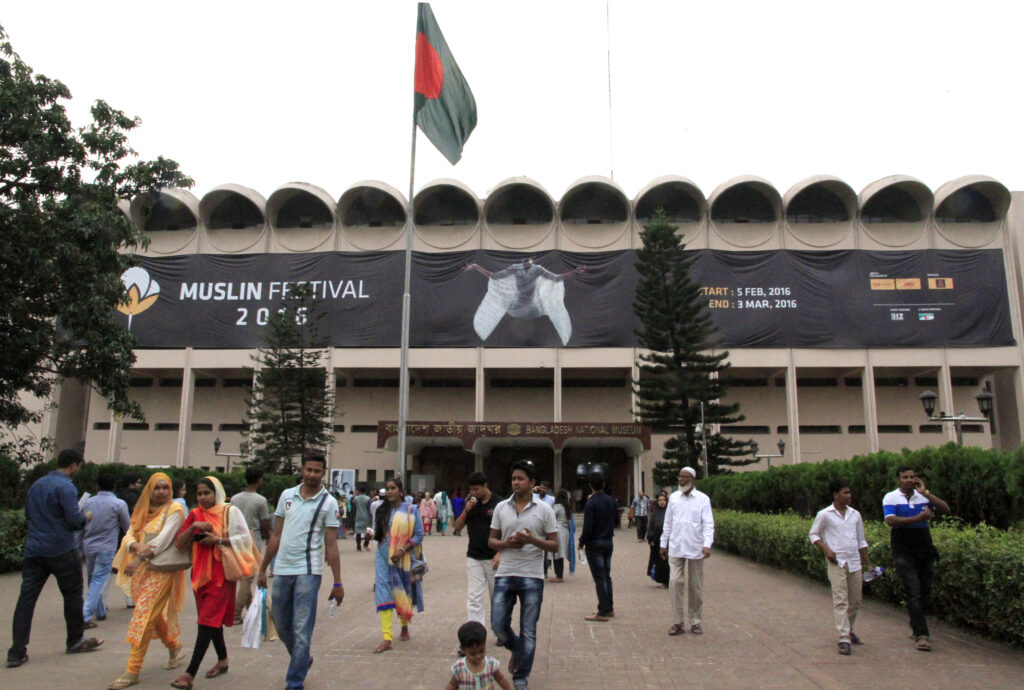
I would like to point out that it was Drik, Bangladesh, that was responsible, in the most significant way, for reviving the Muslin fabrics in Bangladesh. They ran a project with passion to help to revive the production of Muslin textiles, which started at the end of 2013 or beginning of 2014 that culminated in Drik’s exhibition called Muslin Revival as part of their Muslin Festival held at the National Museum of Bangladesh in Dhaka in February/March 2016. The exhibition included information on the efforts that they already made and were continuously making in collecting sample cotton plants by roaming around a particular segment of Bangladesh believed to have been the ‘muslin belt’ and experimenting in cultivating cotton from plants sample collected from many places. After that, they produced an excellent book and a video documentary on Muslin. Their research to recreate Muslin from the original Bengal cotton that produced the superfine fabrics used to weave superfine textiles, called Muslins by some Europeans, have been continuing.
Please see the website for Drik’s work in reviving muslin.
I believe that there must be some connections – cause and effect – between the efforts made by Saiful Islam of Drik and the achievement announced in Bangladesh.
How Villages and Towns in Bengal Dressed London Ladies in the 17th, 18th and Early 19th Centuries
The Stepney Community Trust ran a historical fashion recreation project in East London during 2011 and 2013, which I managed, called ‘How Villages and Towns in Bengal Dressed London Ladies in the 17th, 18th and Early 19th Centuries’. It involved recreating historical dresses that many London ladies wore during that time which were made from fabrics that were imported from Bengal. From research, we learnt that more than forty varieties of textiles were imported from Bengal by the East India Company, of which the most expensive and superfine were manufactured in the Dhaka region, which ranged from coarse materials to those defined as fine and luxury items. Muslin fabrics imported by the British were coarse, fine and superfine, and they were collectively called muslins by some Europeans because they possessed a number of common characteristics.
The Stepney Community trust recruited community volunteer heritage fashion recreators who were given training by the London Colleges of Fashion and taken on visits to the V&A and Royal Greenwich museums and the British Library. They chose historical dresses that were worn by ladies in the UK and developed specifications for plane, designed and embroidered materials they needed for their garment recreations and new creative creations. Then orders were taken to Bangladesh – to Rupganj and Khilgaon to produce the items – and the finished products were brought back to London and given to the participants. The heritage fashion recreators then spent several months to complete their chosen garments and other items. A project completion celebration was held at the National Maritime Museum (Royal Greenwich Museum) on 26 September 2013 with an exhibition and a book on the project.
Subsequently, I met Saiful Islam from Drik at a seminar held by the ‘A Season of Bangla Drama’ on 12 November 2013, where Ketaki Kushari Dyson spoke on ‘ Writing plays in Bengali in the Diaspora: My Experiences’. There, Saiful Islam learnt about our project and later expressed an interest to take the story of Muslin to a much higher and bigger level. We provided whatever little support we could. But what Drik achieved was something incredible and introduced new energy and creativity to the search for ingredients to revive the amazing stories and the history of the remarkable Bengal textiles, called Muslins by some Europeans. Some of our dresses were also included in Drik’s Muslin Revival Exhibition in February 2016 in Dhaka.
Muslin: The famous textile from Bengal – by Professor Sharif Uddin Ahmed
However, nothing would have happened as it did – the particular sequences and causes and effects – if Professor Sharifuddin Ahmed had not visited London in 2010. We organised a seminar for Professor Sharif Uddin Ahmed at the Idea Store Whitechapel in East London on 13 September 2010 on ‘Muslin: The famous textile from Bengal’. This was a packed event, and he inspired a lot of people in the room, including Rifat Wahhab, who went on to set up the Muslin Trust in London and established the first links with Kew Gardens to search for the ‘lost/extinct cotton plants’ that produced the fabrics used to produce the famous Bengal Muslins. It was Professor Sharif Uddin Ahmed who informed the audience of the amazing stories of the muslin fabrics, their varieties and beauty, and the sad extinction of the plant that produced the finest variety. Many in the audience responded to his call, and the rest is history and what is now unfolding.
Muslin Trust
Work of Muslin Trust in London founded by Rifat Wahhab can be seen from visiting their website: https://muslintrust.wordpress.com/
